Texts: Hermenegildo Langa & Elton Pila
Photos: Samantha Robinson, Mauro Pinto & António Silva
Industry Especial | Download
Industry Special
Eyes set on the future
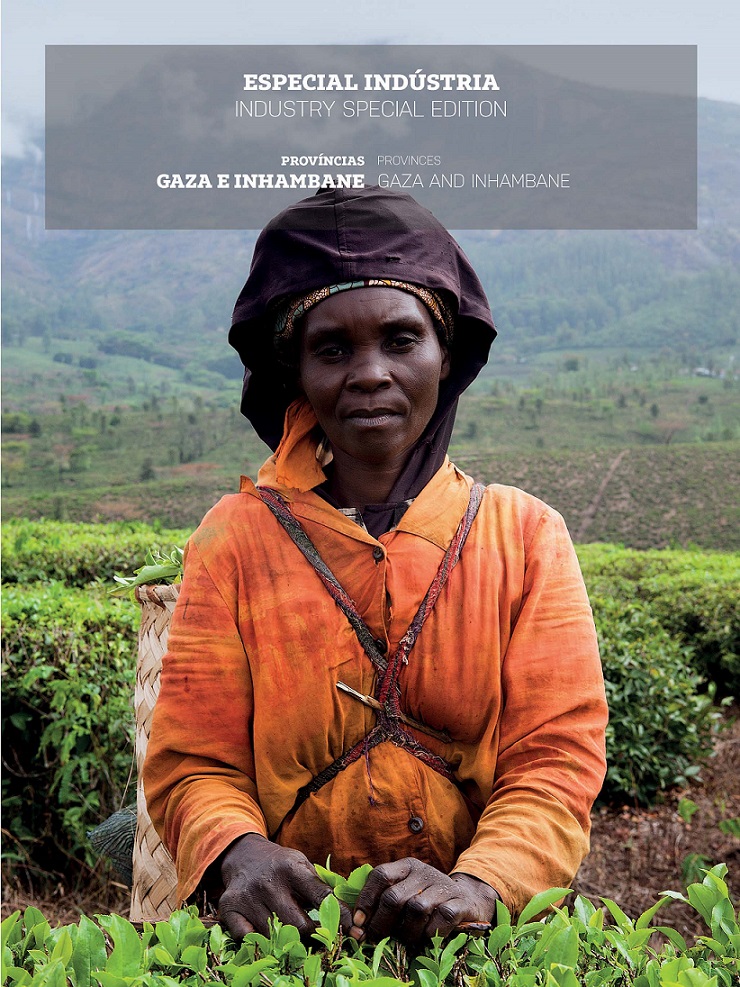
With eyes set on a prosperous future, anchored in the country’s industrialisation, AIMO and Executive Mozambique are privileged to present yet another edition of the Industry Special.
This edition’s main focus is the southern region of the country, covering the provinces of Gaza and Inhambane, with the aim of showing the potential of the industrial sector in these two swathes of the southern part of the country, as well as its contribution to the national economy.
Living up to the characteristics of the country, Gaza and Inhambane have enormous potential in terms of natural resources, wildlife and arable land, which makes the two provinces a destination to be considered for investments in strategic areas such as Agriculture, Tourism and Industry (manufacturing and extractive).
The construction of the Chongoene Airport and the election of the Limpopo Valley as the country’s first Special Economic Agricultural Zone are two structuring investments that will undoubtedly catapult Gaza.
This edition also stops at Inhambane province to help our dear reader to remember what the “good people” best have to offer: Agriculture, Fishing and Tourism, seen as the main economic anchors of the province.
It is already a given that Inhambane joined the Extractive Industry route a long time ago with the Temane investment, promoted by SASOL in partnership with the Mozambican government.
We end this editorial by reiterating that the “Industry Special” editions are a platform for the expansion of the business network and partnerships at a local, national and international level.
For a dynamic, modern and competitive industry.
Osvaldo Faquir
Executive Director – AIMO (Associação Industrial de Moçambique)
Flash News
▶ Mozambican GDP grows
The Gross Domestic Product (GDP) of Mozambique grew by 1.97% in the second quarter of this year compared to the same period in 2020, according to data from the National Institute of Statistics (INE). It is the second consecutive quarter of growth, after a 0.12% increase in the first quarter of 2021, signaling a recovery from the crisis caused by the Covid-19 pandemic.
▶ A different FACIM
Under the motto “Industrialisation: Innovation and Diversification of the National Economy”, the 56th edition takes place in a hybrid form due to the Covid-19 pandemic. The face-to-face format of FACIM lasted only one week, between 30 August and 5 September, but the virtual platform will remain online for nine months. Only the province of Maputo was represented at Ricatla, the other provinces and around 24 countries participate in virtual form.
▶ Vale close to doubling coal production
The Vale Mozambique mining company increased coal production by 92% in the second quarter of 2021 compared to the previous quarter, totaling 2.1 million tonnes. “Vale Mozambique came close to doubling its coal production levels, compared to the first three months of 2021,” the note on the mining company’s Financial and Production Report read. According to the document, with the sale of coal, in the second quarter, the company raised 168 million dollars, which corresponds to an increase of 56 million compared to the first quarter.
▶ Air France starts to fly between Paris and Maputo
Air France announced the start of Paris-Maputo flights from 2 December. Flights between the French and Mozambican capitals, operated by a Boeing 777-300 ER, will have a stopover in Johannesburg, South Africa, and will be carried out twice a week. “Mozambique has emerged as an important commercial destination due to its natural energy reserves. However, tourism is also an asset for the country,” the French company points out.
Gaza and Inhambane
The future of industry at the door
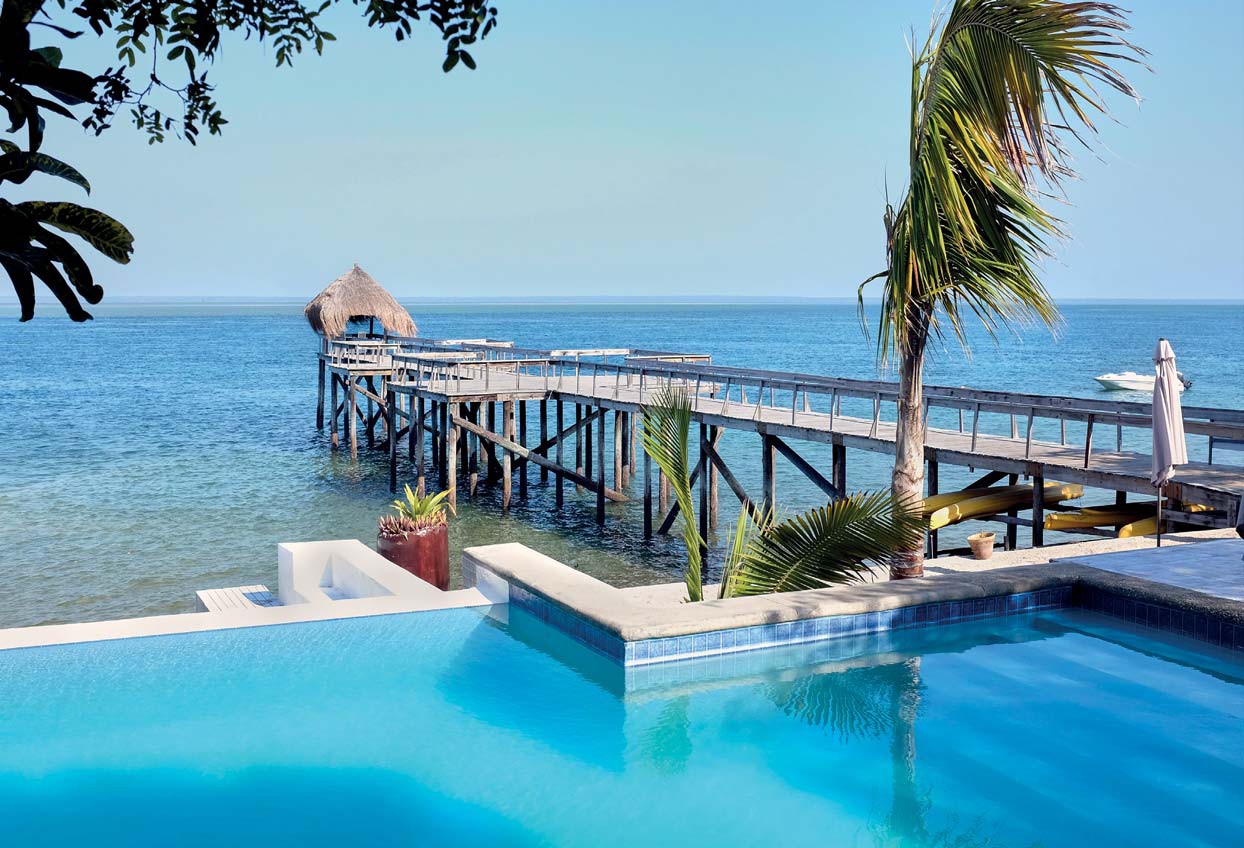
Agriculture and Tourism are the sectors that try to anchor Gaza’s economy. The Chibuto heavy sands project is so far the only major investment in Gaza in the last three decades.
The construction of an airport in the district of Chongoene and the election of the Limpopo Valley as the country’s first Special Economic Agricultural Zone say a lot about the path that Gaza wants to follow.
According to the provincial director of Industry and Commerce of Gaza, Lúcia Matimele, the resources are plentiful and the opportunities and the strengths of the economy of the province of Gaza come in large part from the natural resources it holds and its geographic location.
“We have enviable resources, such as arable land, wood, stone, clay, heavy sands, without forgetting our long coastline, which is just over 150km long,” Matimele considers.
Further on, the source explained that the province’s industrial network is made up of micro-industries, especially in the areas of carpentry, grain processing and bakeries, all of which are small-scale.
“Out of a network comprising 727 industrial units, the province of Gaza has only one large industry, which is the Chókwè Agro-Industrial Complex (CAIC), a unit that includes three processing lines: rice, tomato and cashew nut. The industrial network is also made up of five medium-sized units and 24 small units, with the remainder being micro-sized with a weight of around 96%,” the provincial director listed.
However, in the last two years the sector has been experiencing a relative stagnation in growth, influenced by the Covid-19 pandemic.
“Some units in the food sector with a greater contribution to industrial production and the availability of jobs have partially or fully closed. Even so, from 2020 to 2021, the performance of the 1st semestre grew by around 6%,” she points out, adding that the rice and maize processing units recorded significant gains, with positive variations ranging from 6% to 37%.
As for revenue, the provincial director revealed to Índico Magazine that by the end of July the province had a turnover of around 594.89 million meticais.
While agriculture, fishing and aquaculture are considered the sectors that lead the economy of that province, with a share of 54.44%, the impact of the industrial sector is not yet significant, contributing only 1.9% and the extractive sector under 1%.
The province of Inhambane has in Agriculture, Fishing and Tourism the main economic activities.
The most outstanding agricultural products are cassava, corn, vegetables, beans and coconut. In relation to the latter, the province shared the lead role with Zambézia. However, at a time when the production of coconut trees in Zambézia had a significant reduction, Inhambane has been the bet, including to feed Zambézia, as noted by Marie Darenberg, the owner of Boa Gente, a brand that is also dedicated to the production of coconut oil.
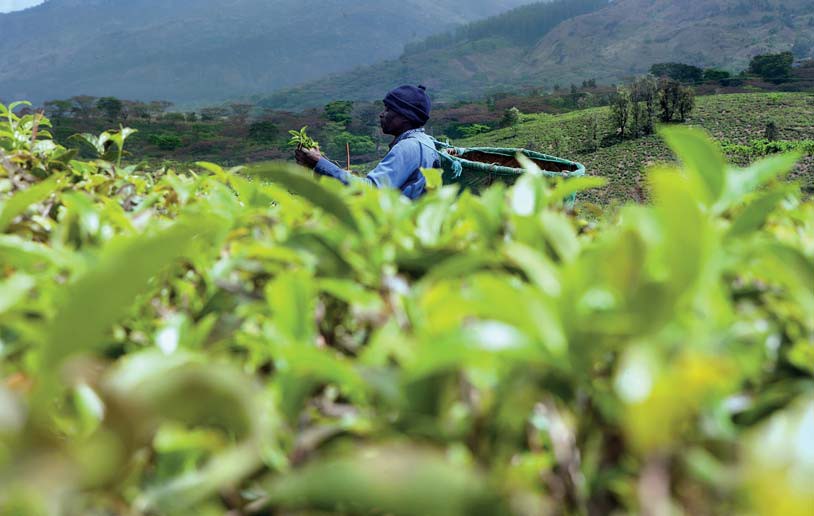
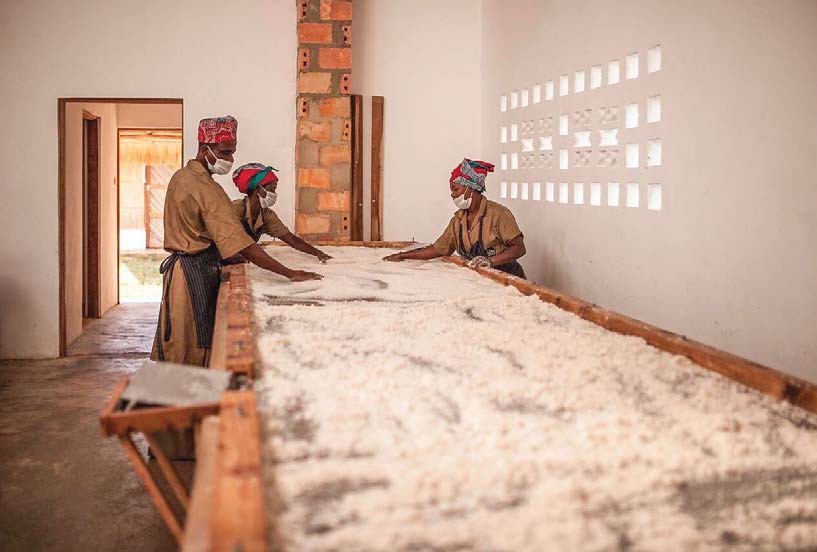
The sun and beach tourism that is practiced throughout most of the year, especially in the northern region of Inhambane, also represents a great source of income.
According to data from the National Institute of Statistics, listed in the 2018 Census, there are more than 500 hotel resorts, employing 5,865 workers, receiving tourists mainly from South Africa, with an average stay of 12 days.
But Inhambane joined the Extractive Industry route a long time ago. In 2018, according to INE, 182,692,226 gigajoules were exported.
The investment in Temane, made by Sasol, as part of the sharing contract with the government, revised in 2020, will allow the production of 23 million gigajoules of natural gas per year, which will be used in the production of 30,000 tonnes of natural gas for domestic use per year, the Mozambican Ministry of Mineral Resources and Energy says.
According to this government agency, the expansion also allows for the “generation of 450 MW of electricity at the Temane Combined Cycle Thermal Power Plant” and contemplates the production of 4,000 barrels of light oil per day for export.
CASE STUDY
Limpopo Valley, the breadbasket that comes back to life
In the southern region of the country, perhaps throughout the national territory, the Lower Limpopo Valley has always played an important role in terms of food security. A large part of the surplus that Mozambique produces, mainly grain and vegetables, has its origins in the Limpopo Valley.
However, in the last two decades, the cyclical floods that hit the province of Gaza have reduced production in what was once dubbed the country’s breadbasket. However, in recent years, the Limpopo Valley has regained its shine thanks to some foreign and domestic investments.
According to the provincial government, the revitalisation of the irrigation system in the Lower Limpopo began in 2011, with the creation of the Public Company Regadio do Baixo Limpopo (RBL), which aims to enable and ensure the best use of space through focused interventions, as well as providing technical assistance to producers and connecting producers with the market.
“With this revitalization, the infrastructure areas evolved from 4000 hectares to 17,000 hectares”, said Armando Ussivane, Chairman of the Board of Directors of RBL.
According to the Chairman, the transfer of improved rice production technologies allowed production to improve from 3,600 tonnes produced in the 2011/12 agricultural campaign to 30,000 tonnes in the 2019/20 campaign.
Boa Gente Oil
The promotion of local production
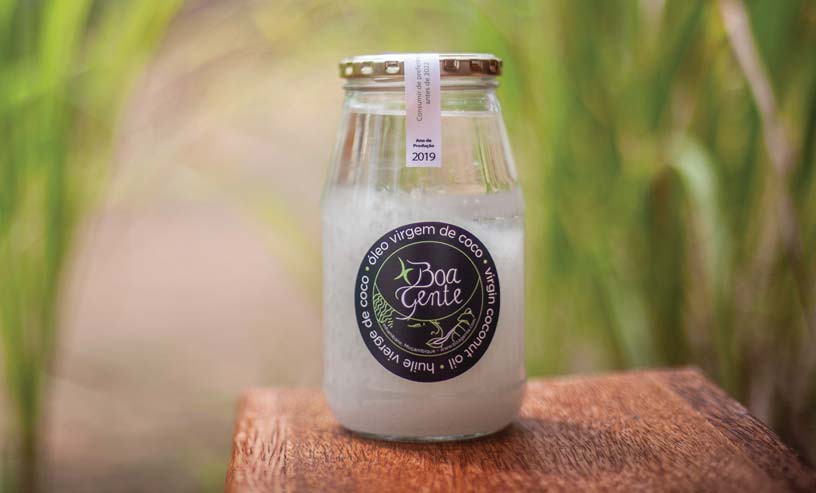
The Boa Gente brand has existed since 2010. The coconut oil production plant was born in 2017 from the need of Marie Darenberg, the owner, to produce something with the flag of the province of Inhambane. It started with around ten employees. Today, there are around 30. “All Mozambicans born and living in Inhambane,” Marie says. In chain production, in which each person has a defined responsibility, the process begins with the choice of always fresh coconut, going through the step of grating with a small machine that makes the work less manual and then using a plate also heated with the shell to remove the water – nothing is lost, everything is used – until the removal of cold pressed oil, without additives, 100 natural and which solidifies below 26 degrees centigrade. “We have a production, in regular years, of 7,000 litres.” Taking the Inhambane – Maputo route and then the rest of the country, the largest bet is on the national market, but it is already beginning to look towards the international market. From the beauty industry to gastronomy, there are several ways in which coconut oil from the Boa Gente brand can be used. But it’s not just the oil that makes the brand. There is also soap, honey, piri-piri, dried fruit, all from the same local producers.
Industry Especial | Download

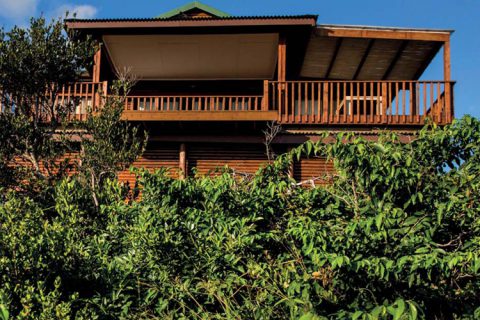

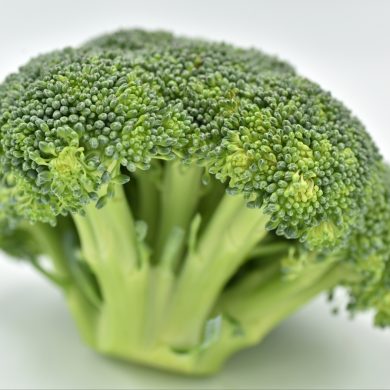



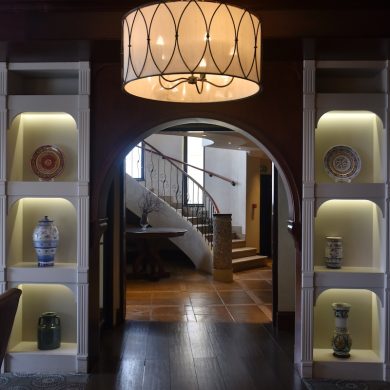















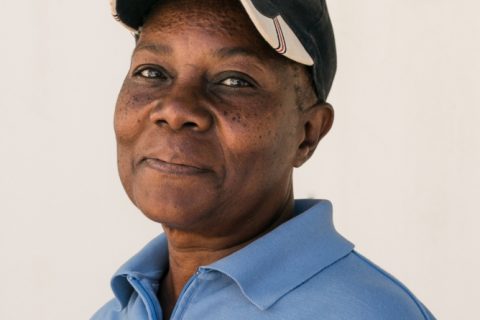



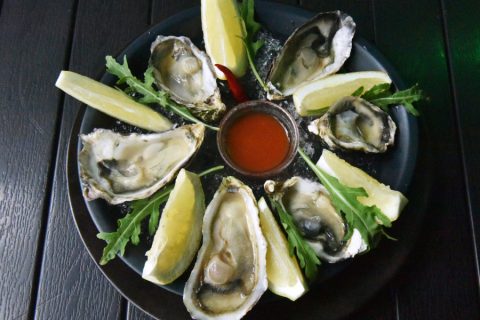

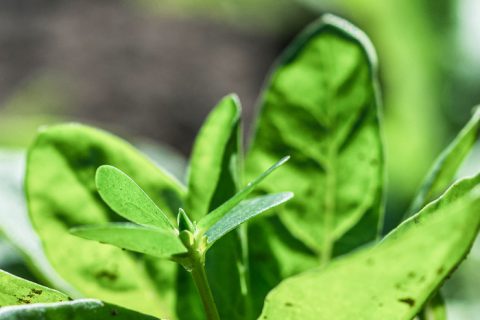
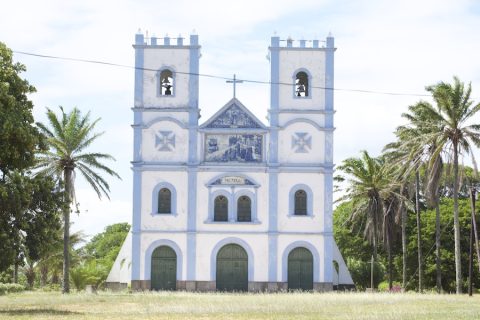
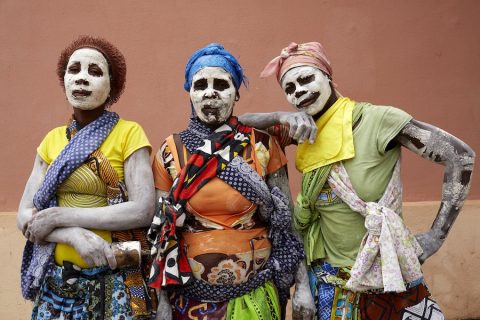



0 Comments